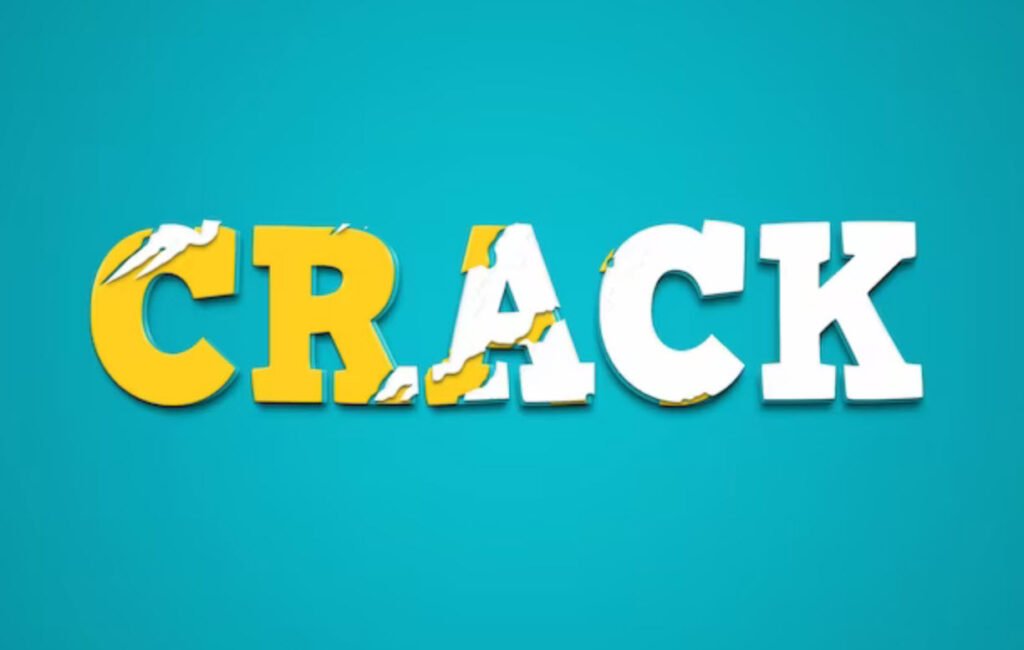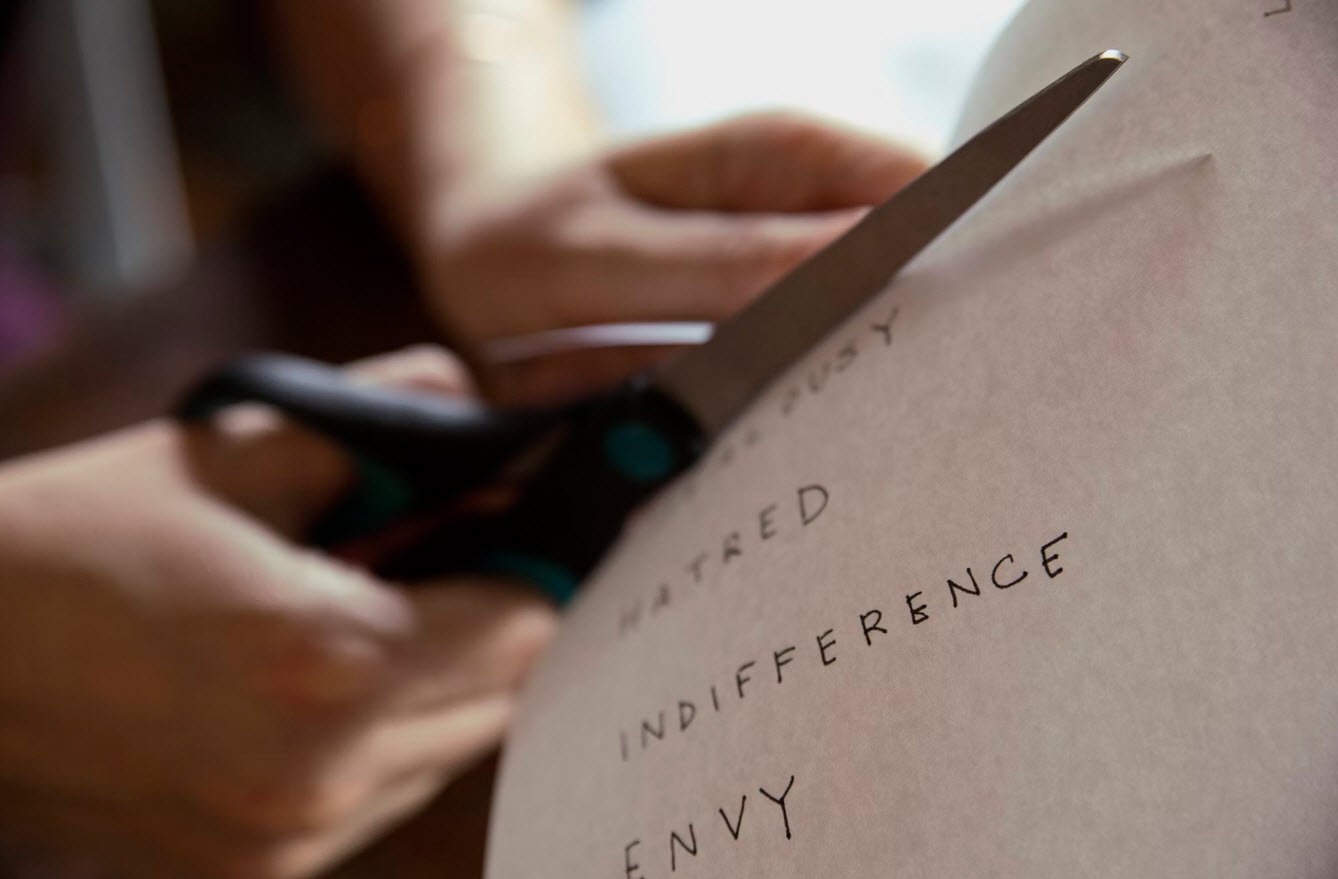
In each question below there is a key group of letters that bear some relation, followed by another four sets of letters (marked A, B, C and D). Choose the correct set of letters from these alternatives that bear the same relationship as the key group.
1. KL:BC::MN:?
(A) DC
(B) OP
(C) GN
(D) KM
2. ST:AB::YZ:?
(A) BK
(B) TS
(C) CE
(D) UV
3. MNO:CDE::RST:?
(A) TUV
(B) WYX
(C) KLN
(D) PRS
4. ZA:XC::WD:?
(A) QR
(B) TP
(C) YB
(D) AD
5. LK:BA::NM:?
(A) BC
(B) QP
(C) NP
(D) HI
6. ABCD:IKLM::OSTU:?
(A) GHIJ
(B) MNOP
(C) QRST
(D) UVWX
7. KOD:TIP::MUS:?
(A) MAN
(B) OPD
(C) BDO
(D) KPS
8. BKIP:TCOS::MPAG:?
(A) AIMS
(B) OPRT
(C) BCED
(D) KPSU
9. PRSU:PSU::STRO:?
(A) KOM
(B) SRI
(C) OKSU
(D) BPEN
10. AC:BD
(A) KM:LN
(B) PR:QT
(C) EF:GH
(D) IL:JK
11. LJ:KI
(A) PR:QS
(B) AC:BD
(C) ON:PM
(D) VT:US
12. PQ:TU
(A) AB:DC
(B) EF:IJ
(C) KL:NO
(D) PR:ST
13. IJ:LM
(A) RS:VW
(B) PT:KL
(C) VW:YZ
(D) MN:PO
14. AC:KM
(A) DF:XZ
(B) AC:BP
(C) OA:AZ
(D) KL:MO
15. DH:IM
(A) AD:EH
(B) PT:CG
(C) MO:GI
(D) MQ:RV
16. T:V::N:?
(A) P
(B) K
(C) M
(D) L
17. d:b::q:?
(A) r
(B) t
(C) p
(D) u
18. u:n::w:?
(A) m
(B) p
(C) s
(D) v
19. P:B::F:?
(A) X
(B) N
(C) Y
(D) E
20. VERBAL:LABREV
(A) TOPIC:PICTO
(B) BOOK:KOOB
(C) CILBUP:PUBLIC
(D) NIGHT:THIGN
21. SADSAM:SAMSAD
(A) NIHAR:RAHIN
(B) WINTER:NETWIR
(C) OOKL:LOOK
(D) BOLD:LDBO
22. COUSIN:UOCSIN
(A) LETTER:TELTER
(B) CXEEPT:EXCEPT
(C) GROUPS:SPUORG
(D) OTHER:EHTOR
23. SRTOKE:ESKTOR
(A) LETTER:LREETT
(B) VERBAL:LVARBE
(C) RAENWS:ANSWER
(D) CIRCLE:ECLRCI
24. LEARN:LEANR
(A) PUBLIC:PUBCIL
(B) RIGHT:RIGTH
(C) FORMU:FORUM
(D) SAMIR:RIMSA
Answers and Explanations:
- (B) As per natural or direct alphabetic sequence.
- (D) As per direct alphabetical order.
- (A) Same as 1 and 2.
- (C) Reverse alphabetic order.
- (B) Same as 4.
- (D) Starts with a vowel, followed by three consonants.
- (A) A vowel in between two consonants.
- (C) a vowel in the third position.
- (B) Only one vowel in the last position. Though in C there is vowel in the last position, the number of vowels are two.
- (A) 1st, 3rd, 2nd and 4th letters are consecutive.
- (D) One letter skipped in between in the reverse order.
- (B) Two consecutive alphabets and a skip of two letters in between, e.g., PQ:(RS)TU and EF:(GH)IJ
- (C) Two consecutive alphabets with a skip of one letter in between.
- (A) One letter skipped in between, i.e., A(B)C : K(L)M and D(E)F : X(Y)Z
- (D) Three letters skipped in between the alphabets, e.g., D(EFG)H:I(JKL)M and M(NOP)Q:R(STU)V
- (B) Letter-form relationship, i.e., T and V consist of 2 straight whereas N has 3 straight lines, among the alternatives only K has 3 straight lines.
- (C) Both in ‘d’ and ‘b’, the pattern usually is a circle along with a straight line going upward, but in ‘q’ there is also a circle and a straight line going downwards and only option is ‘p’ among the 4 alternatives given.
- (A) The inverted position of ‘u’ in ‘n’, similarly the inverted position of ‘w’ is ‘m’.
- (D) In ‘P’ one straight line and one circle and in ‘B’ one straight line and 2 circles, i.e., the number of circles increasing. So, in ‘F’ there are 3 straight lines, so only option would be ‘E’, i.e., with 4 straight lines.
- (B) Just reversing the order of the letters. Though C may be the possible answer, the sequence is different.
- (C) Bringing the last three letters in the beginning. D will not be the correct answer due to different sequence.
- (A) Changing the position of the first 3 letters only.
- (D) Position of the letters are changed in the following way, e.g., 6th or last letter 1st, followed by 1st, 3rd, 5th, 4th and 2nd.
- (B) Only the positions of the last 2 letters are interchanged, C cannot be correct due to different sequence.
- Idioms and Other Expressions Used For Talking About ‘Work’
- What Are Weasel Words?
- Money and Finance – Test Your Knowledge
- Phrasal Verbs, Idioms and Other Expressions Using ‘CUT’
- How to Say Time in English
- Idioms and Other Expressions Used For Talking About Money
- Shopping and Consumerism – Match the Correct Name
- Phrasal Verbs – Choose the Correct Verb
- Currency Markets – Choose The Best Words
- Personal Qualities – Use the Best Nouns and Adjectives








